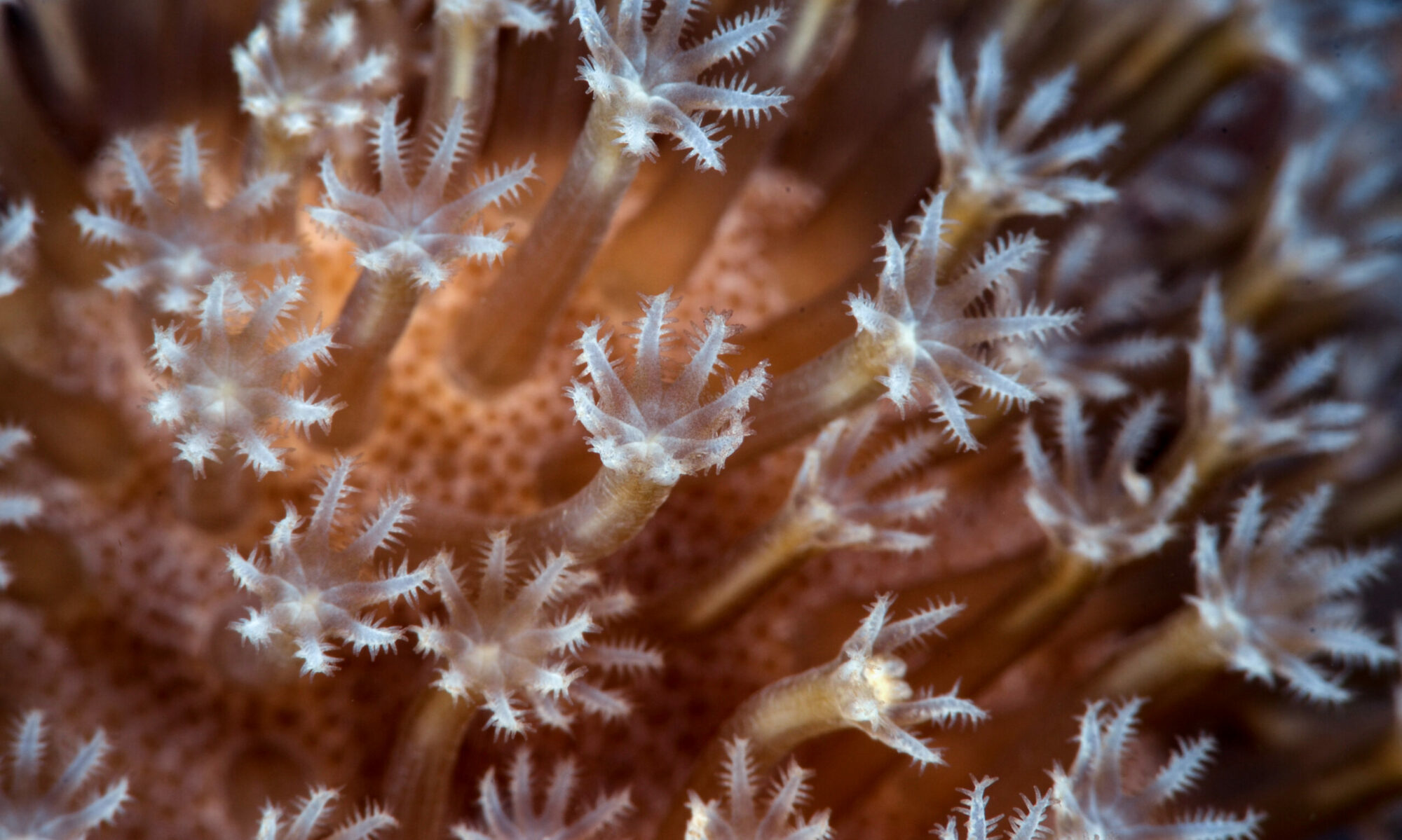



On Monday, May 21, 2024, University of Guam graduate students, members of the Guam Green Growth Conservation Corps, as well as visiting scientists from Saipan, Palau, and Hawai’i convened at the UOG Marine Laboratory to learn how to determine the age of fish.
The fish ageing component was the first segment of the two-part, weeklong Fish Life History Workshop Series funded by Guam NSF EPSCoR to improve regional research capacity within Micronesia.
To determine the age of a fish, scientists extract a bonelike structure called an otolith from its ear and study its growth rings.
“Otoliths grow throughout time just like a tree. If you cut one in half, you can count the rings that are being laid down every single year,” said Brett Taylor, Ph.D., the workshop facilitator and an assistant professor of fisheries ecology at UOG. “In the hottest part of the year, these rings are growing the fastest, and in the coldest part of the year, they’re growing slower and creating a denser profile along the banded structures.”
According to Taylor, around 300 fish species are harvested in Guam. Knowing how to ascertain the age of a fish is vital to habitat conservation, fisheries management, and maintaining the perpetuation of local fishing practices and culture.
Many of the participants, such as Christina Muller-Karanassos, a researcher from the Palau International Coral Reef Center, had varying levels of experience regarding extracting, processing, and reading otoliths.
“I hope I can use this information in the future because we want to collect life history information for more fish species,” said Muller-Karanassos. “Nobody where I work really does any fisheries work, so I hope I’ll be able to pass on the knowledge to some people there.”
As part of the workshop, participants gained experience extracting otoliths from a variety of reef fish species at different life stages to hone their skills.
“The next part, which will be taught by our colleagues from Hawaii, will cover the histology of fish gonads. These workshops are putting together the two data pillars of life history information which are how old the fish are and what their maturity status is. When you put those two elements together, you can piece together the biology of the species,” said Taylor.


